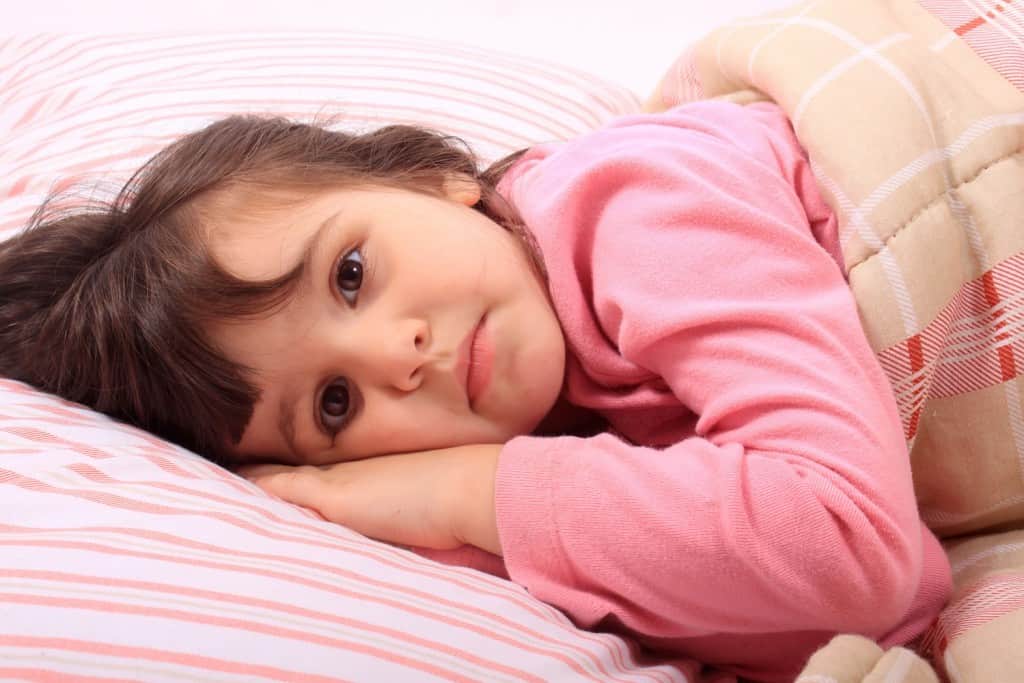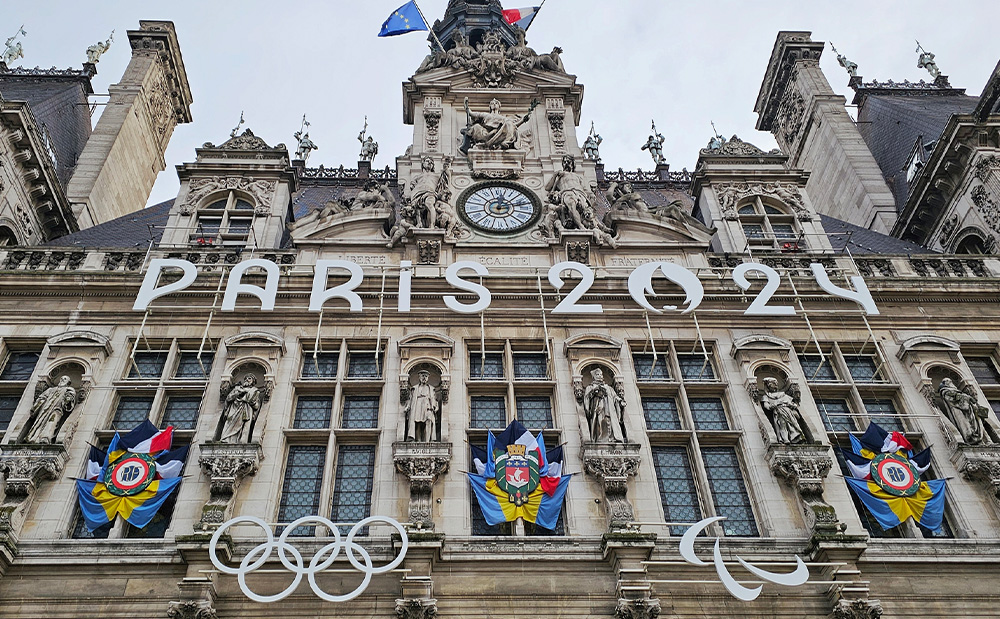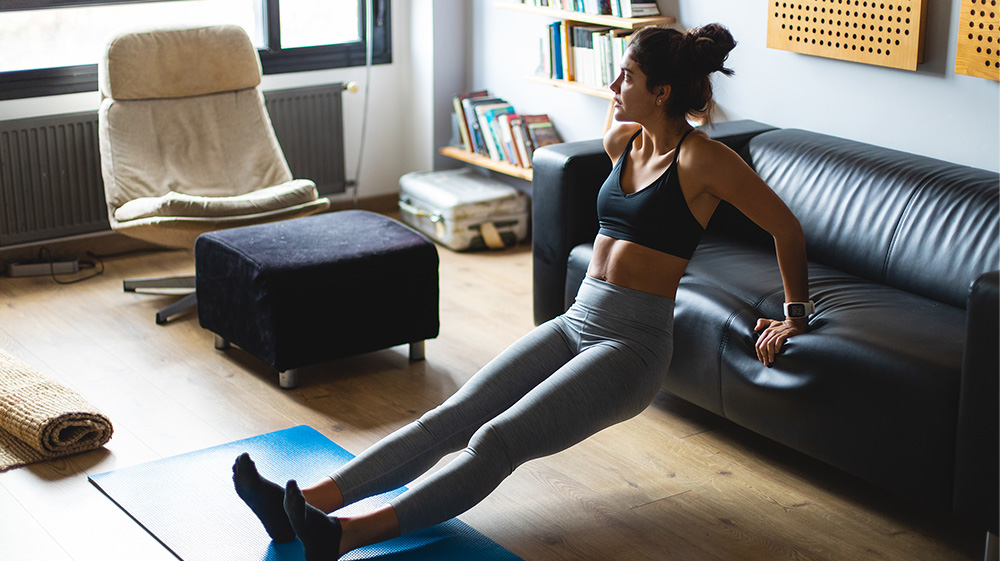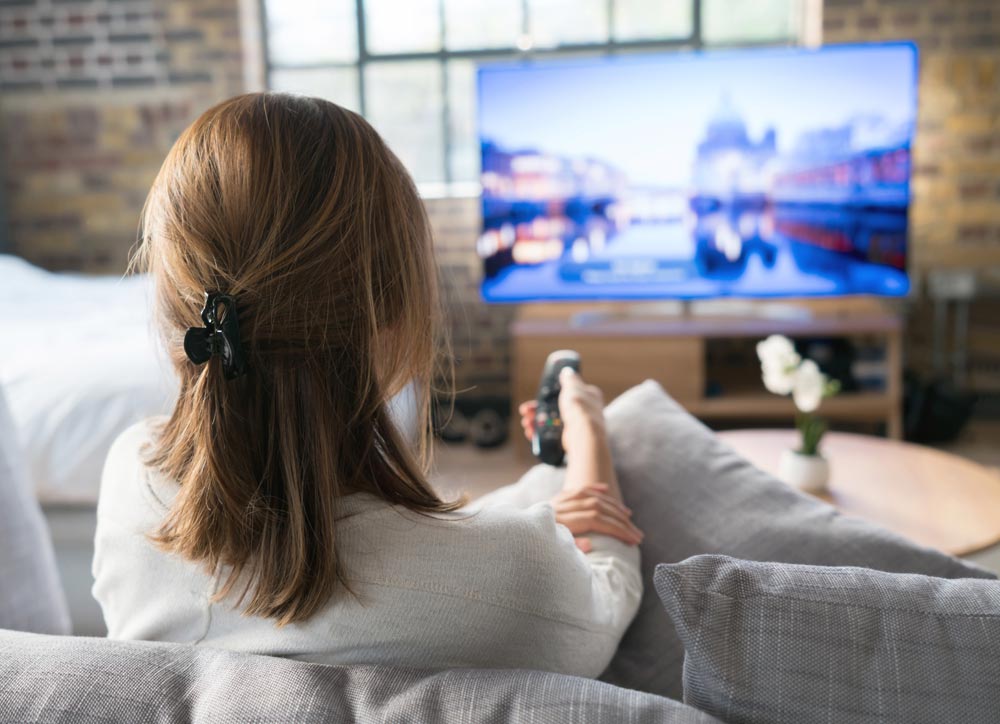
When many of us think of sleep issues in young children, we think of nightmares, troubles with bedtime, and nap time meltdowns. What often doesn’t cross our minds is the sleep disorder that we often associate with adults — sleep apnea — which appears to be on the rise in preschool aged children, according to new research.
A new study authored by Dr. Solveig Magnusdottir found that sleep apnea could be increasingly prevalent in our population’s preschool-aged children (two to six years old), raising concern for parents.
Magnusdottir told Sleep Review about her motivations for this study, explaining that her research began with a question of whether sleep evaluations should be more prominent during children’s well-visits. She did not find the information she needed during a literature search, so she conducted a systematic review. (1)
Magnusdottir examined 30 studies to determine how the prevalence of sleep apnea has changed over the decades, finding that most of the data on childhood sleep apnea was of low quality. What’s more, studies dated before 2014 found the prevalence of sleep apnea to be 3.3 percent to 9.4 percent. Studies published between 2016 to 2023 found much higher rates of 12.8 percent to 20.4 percent. (2)
What might be causing this troubling rise in the rates of sleep apnea amongst preschool-aged children? Magnusdottir explained in the interview with Sleep Review that increasing childhood obesity rates and air pollution could be to blame.
Sleep Apnea, Obesity, and Air Pollution
While sleep apnea can be caused by a variety of factors, including enlarged tonsils, birth defects, and neuromuscular disorders, (3) this study particularly highlighted obesity and pollution as potential causes for the increasing prevalence of the sleep disorder. (1)
According to Dr. Minal Patel, a board-certified pediatrician specializing in sleep medicine at Pediatrix Medical Group in Austin, research has linked obesity to sleep apnea, as obesity can cause altered muscular tone which can result in a collapse of the upper airway, and an increased load on the chest wall can result in slow or shallow breathing. (4)
Patel also explained that the air pollution link to sleep apnea can be explained by “upper airway inflammation, edema and subsequent narrowing,” though more research needs to be done to find a true correlation between the two.
Why Is This a Critical Issue?
Pediatric sleep apnea can cause both short and long term health complications. But, it may be difficult to spot in children as the symptoms of the sleep disorder may be slightly different than those often presented in adults, according to Patel. “Children with sleep apnea often present with behavioral issues, inability to focus/hyperactivity and depressed mood as compared to daytime sleepiness in adult patients.” (4)
Dr. Christina Johns, pediatrician and pediatric emergency medicine physician and Senior Medical Advisor to PM Pediatric Care, further explained why pediatric sleep apnea can be tricky to spot, which emphasizes the importance of high quality research on the sleep disorder. “Sleep apnea can be challenging to diagnose at any age,” said Johns, “It is even harder due to the intrinsic variability with sleep at a young age. Sleep studies often are based on a one-night stay at a lab, which is challenging for an adult, let alone a toddler or school aged child.” (5)
Johns noted that data-based conclusions about the causes of sleep apnea cannot be made from from this study. That said, she said it does highlight the lack of high-quality data on this topic and the importance of research on childhood sleep apnea. “The notable piece is that this really highlights the importance of quality research in this area,” said Johns. (5)
Though more robust research is needed on the topic of sleep apnea in young children, parents can take this new research (which, interestingly, emphasizes the lack of it) as a reminder to be aware of sleep disorders like sleep apnea that often go unnoticed in young children.

All the Most Amusing (and Controversial) Cardboard Bed Posts on Social From TikTok Olympians

These Are the Best Exercises to Do Right Before Bed, According to New Research

This OLED TV Might Actually Help You Sleep Better: What to Know

Could an Avocado a Day Keep Bad Sleep Away?
Sources
- Arnett, Alyx. “A study investigating sleep apnea prevalence in 2- to 6-year-olds uncovers significant research roadblocks.” Sleep Review. April 9, 2024. https://sleepreviewmag.com/sleep-health/demographics/age/is-sleep-apnea-preschoolers-rise/
- Solveig Magnusdottir, Elizabeth A. Hill. “Prevalence of obstructive sleep apnea (OSA) among preschool aged children in the general population: A systematic review.” February 2024. Sleep Medicine Reviews, Volume 73, 101871. https://doi.org/10.1016/j.smrv.2023.101871.
- The Mayo Clinic. “Pediatric obstructive sleep apnea.” https://www.mayoclinic.org/diseases-conditions/pediatric-sleep-apnea/symptoms-causes/syc-20376196
- Patel, Minal. Personal Interview. April 11, 2024.
- Johns, Christina. Personal Interview. April 11, 2024.